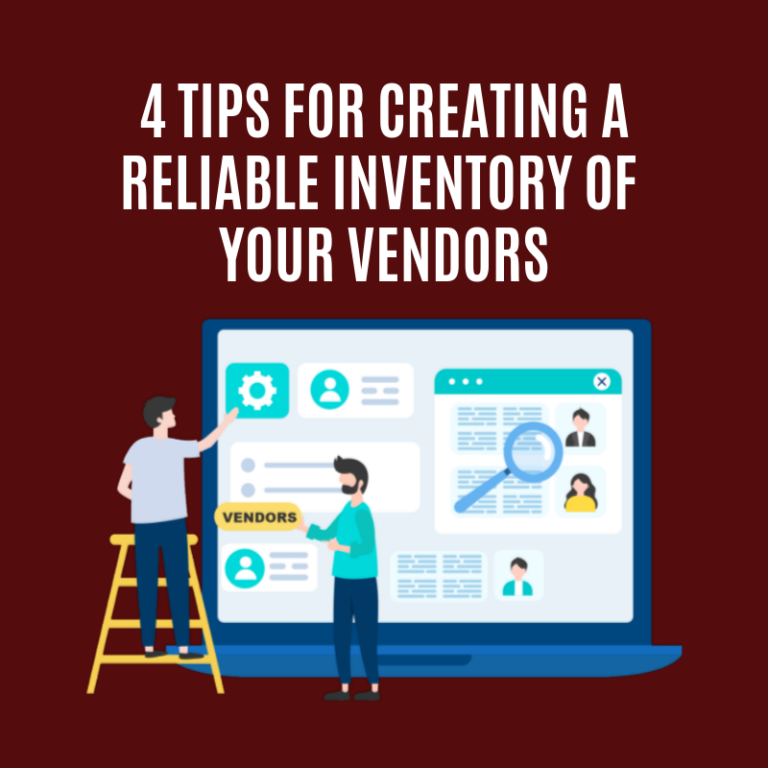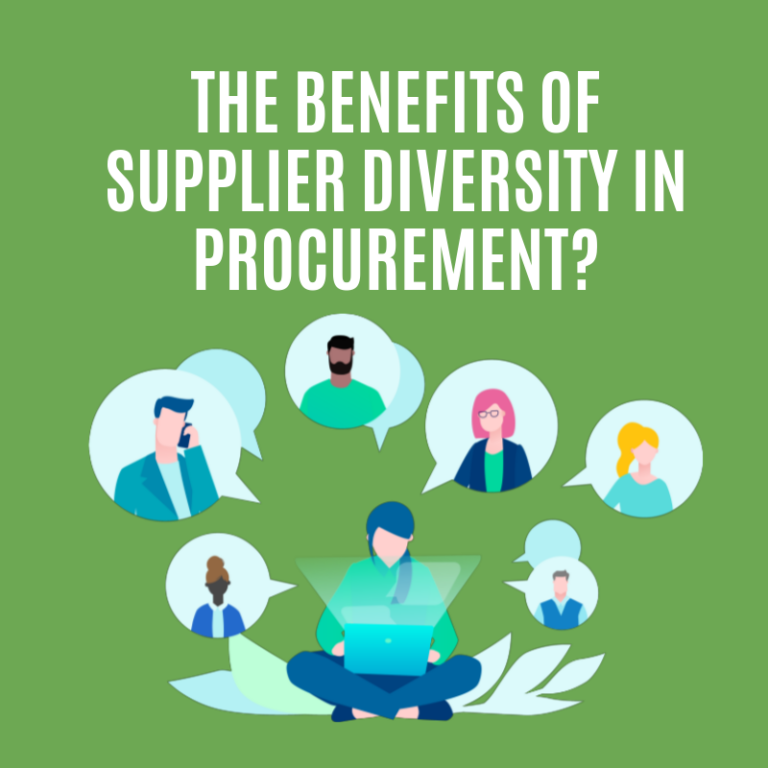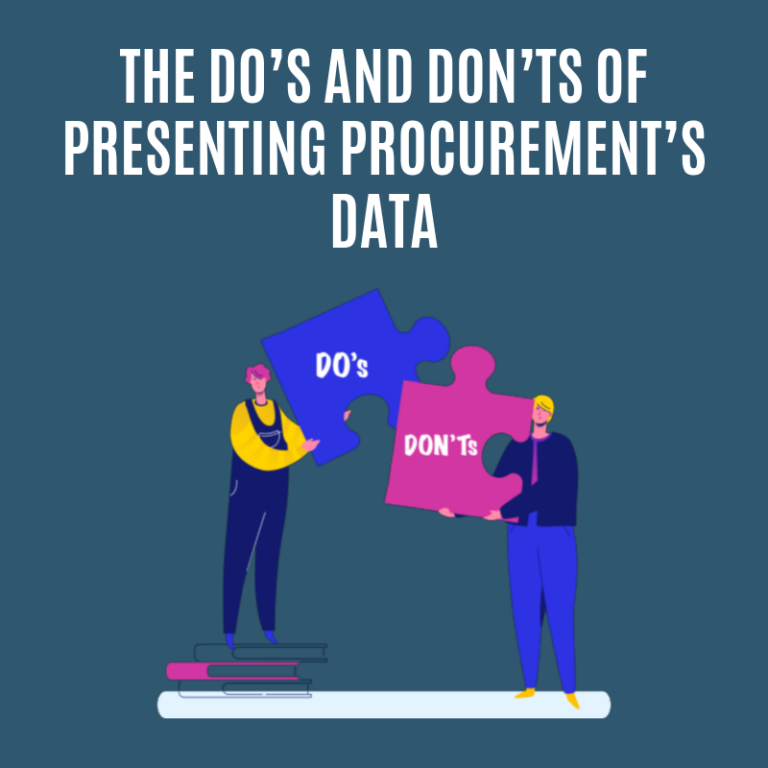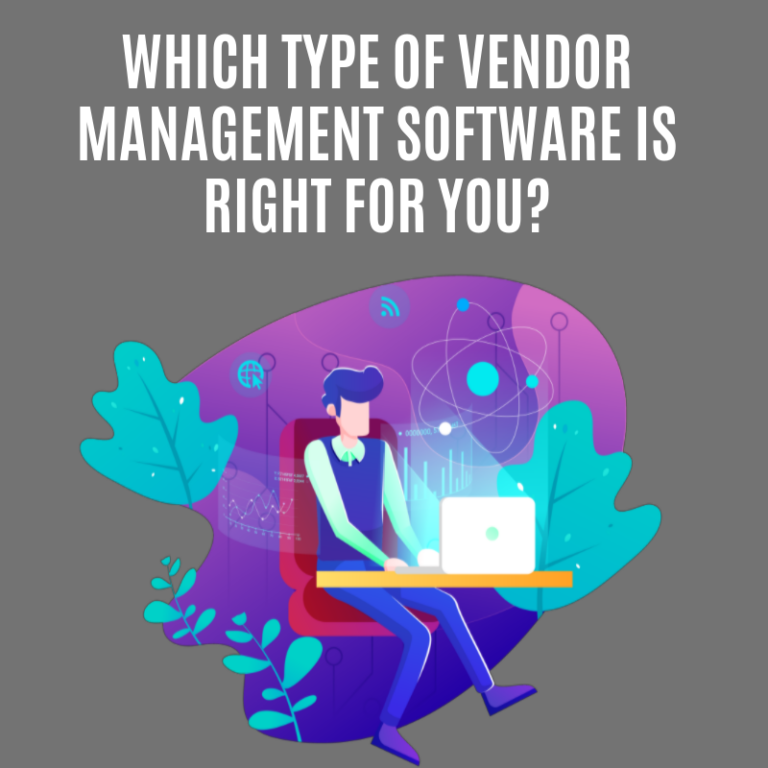One of the biggest factors impacting Procurement Excellence today is a very overburdened and limited resource – Time! When we think of time, in most cases, the first thing that comes to mind is an overwhelming feeling of not having enough of this very precious resource.
As procurement leaders struggle to juggle their daily priorities of managing their team to meet the volume and unpredictability of their organization’s procurement demands; The last thing on their mind is thinking that they can slow down just a bit to take a snapshot of their “current state” procurement environment. Most importantly, the processes and systems in place today have most likely surpassed their usable effectiveness given the overall growth and demands of their organization.
In fact, if you feel like you are caught on a “procurement treadmill” or experiencing “Groundhog Day” over and over again, taking time to complete a Procurement Excellence Assessment is just what the doctor ordered.
Like in any strategic or change management initiative, it is important to select an external consultant and subject matter expert to take on the project management and technical aspects of the assessment. Let them take on the “heavy lifting” as your role continues to be maintaining your daily responsibilities while participating in a strategic journey to create your desired “future state” procurement environment a.k.a. Procurement Excellence.
The following is an outline of our recommended approach to performing a Procurement Excellence Assessment:
- Planning and Visioning – Start your journey by establishing a baseline understanding of goals and priorities, and create an overarching vision for your future-state procurement operations.
- Process Assessment Workshops – Baseline your current procurement activities through a series of process assessment workshops to discuss relevant policies, walk through current processes and challenges, and review the underlying flow of data between documents and systems.
- Finalize List of Prioritized Areas for Process Improvement – Review the improvement opportunities and priorities recommended by your consultant, discuss differences between their priorities and yours, evaluate options and agree on a final, prioritized list.
- Create Implementation Roadmap and Milestones – Bring everything together into a road map for modernization and automation of your procurement processes. The road map should provide specific steps to improve efficiency and accuracy, and also include recommendations for adoption of automated systems, where appropriate. The road map should also include key milestones so you can plan resources and track progress.
With the Procurement Excellence Assessment completed and the Implementation Roadmap in place, the important work of implementing the agreed-upon improvements is just beginning. Make sure to establish realistic timelines and align the required internal and external resources necessary to help you implement the changes needed to create your desired “future state”.
When the implementation process is complete, your organization will have a modern, scalable set of policies, processes and systems for your procurement operations. Your staff will benefit through simpler, more efficient processes, and your organization will benefit from a more effective and scalable infrastructure. You will now be ready to turn off the “procurement treadmill” and take a more strategic and efficient journey through each day. Let the Groundhog rest!!





